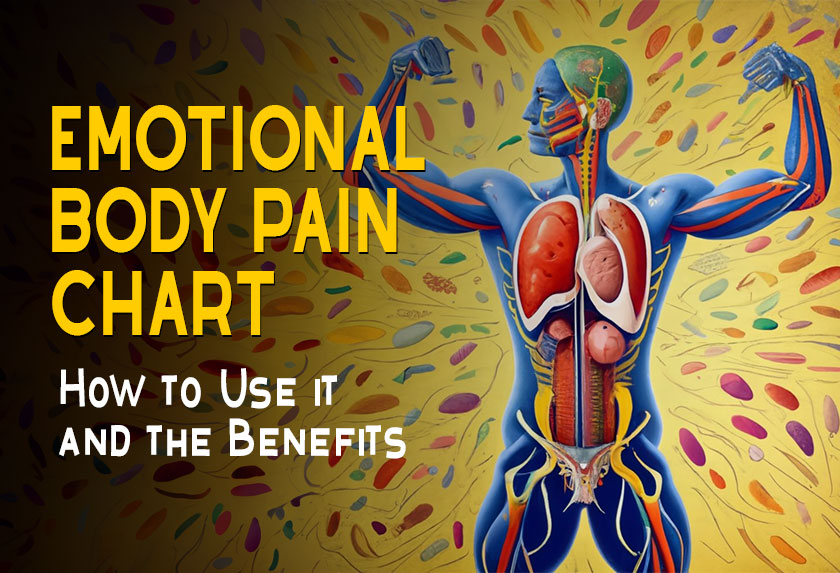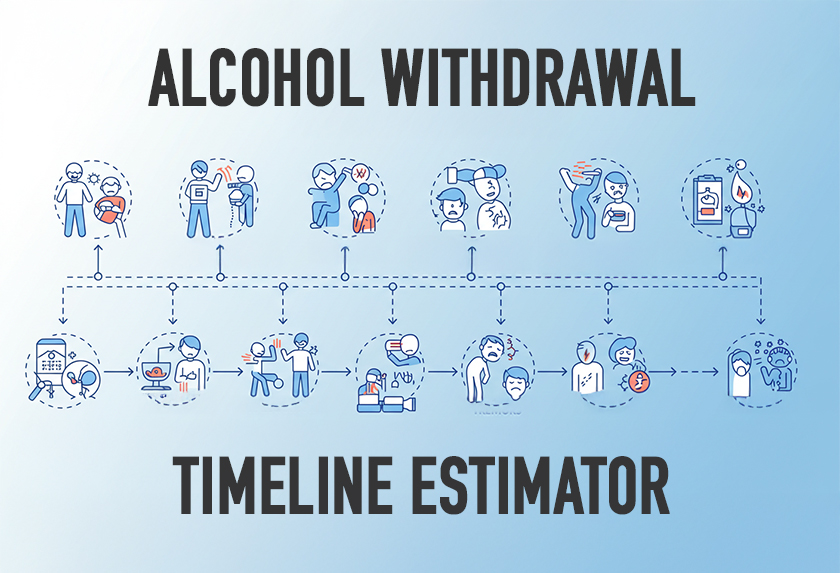The concept of the emotional body pain chart suggests that our feelings can manifest physically in the form of body aches and pains. By understanding where you may be experiencing discomfort on your body, you may be able to get clues about any underlying emotional issues.
What is the Emotional Body Pain Chart?
The emotional pain chart is a diagram of the human body with different areas labeled indicating various emotions that might be associated with pain or discomfort in those places.
For example, tightness in the chest area may relate to grief, heartache or anxiety. Pain in the neck and shoulders could suggest you are feeling stress. Headaches might indicate overthinking or frustration.
The idea is that if you are attuned to your body and notice persistent pain in certain places, you can use the chart to help uncover any correlated emotions that might require attention and healing.
Origins of the Emotional Body Pain Chart
The source of the mental health chart concept is unknown but likely has roots in various Eastern alternative medicine traditions like acupuncture and Ayurveda as well as somatic therapy in psychology. These practices promote the deep mind and body connection where our thoughts and emotions are seen as influencing physical health.
Modern versions of the emotion chart build on these philosophies by mapping out the different body parts and linking related feelings. The charts available today also draw on anecdotal wisdom and reports from people noticing correlations between where they experience body pain and what is happening emotionally.
How to Use the Emotional Body Pain Chart
Using the emotional pain chart involves a two step process:
1. Scan your body daily to notice any tightness, achiness, pain or discomfort. Make a note of where specifically you’re feeling this physically.
2. Refer to the chart for the body part(s) where you have pain and see what emotions may be implicated.
For example, if you notice frequent neck tightness or shoulder pain, the chart links this to feeling stress, being overwhelmed and having anxiety.
Once you identify the related emotion, reflect inward on what situations or thoughts may be causing this. Then you can deal with the root cause through self-care rituals like meditation, talking to a friend or addressing issues contributing to your feelings.
As the emotional layer gets released and processed, you may start noticing the physical pain also reduces in tandem.
Benefits of Using Body Charts
Tuning into signals from your body through using the emotional body pain chart can be advantageous in several ways:
- Helps raise self-awareness about your internal mood
- Promotes taking a holistic view of health encompassing mind and body
- Can reveal deeper issues that may be manifesting subtly physically
- Encourages taking action to nurture mental health
- Supports overall wellbeing when you address the potential root causes
- Provides an integrated way to care for your whole self – body, emotions and mind
Parts of the Emotional Body Pain Chart
While versions available may differ slightly, the emotional body pain chart tends to label the following body areas with related feelings:
- Head – Overthinking, stress, indecision, information overload
- Eyes – Not liking what you see in your life
- Ears – Being unwilling to listen
- Throat – Suppressed self expression
- Neck and shoulders – Feeling stress and tension
- Arms – Feeling a loss of the ability to embrace life
- Hands – Anger and frustration
- Upper back – Lack of emotional support
- Heart – Grief, heartbreak, emotional longing
- Stomach – Fear and anxiety
- Digestive organs – Digesting or processing a traumatic experience
- Hips – Fear of change or not moving forward
- Legs – Not feeling grounded
- Knees – Pride and ego issues
- Feet – Feeling lost about next steps and direction
Using the Chart for Self-Reflection
Making meaning from the emotional body pain graph for your individual situation takes self-reflection. Feel into your body, notice areas of pain without judgement and be curious about what emotional piece may require healing.
You can reflect in a journal, meditation or creative practices like art therapy. Or speak your thoughts out loud to a trusted friend or therapist. Verbalizing can help bring clarity.
Some questions to explore:
- When did I first notice the physical pain arising?
- What was happening in my life during this time?
- What thoughts and feelings came up for me then?
- What reminds me of those situations or triggers me now?
- What messages might my body pain be trying to convey?
- What shifts or changes would bring me more peace?
Trust your intuition and inner wisdom to make connections between the physical and emotional through using the diagram.
Incorporating the Chart with Other Practices
For best results, use the emotional body pain guide in combination with other wellbeing practices so you have holistic support while processing any pain. This might include:
- Therapy or counseling to discuss what comes up
- Meditation and breathwork for calm and focus
- Yoga to release physical tension from your body
- Journaling to express challenging emotions
- Bodywork like massage to relax muscle tightness
- A healthy diet to reduce inflammation
- Emotional release rituals like EFT tapping
When layered together, these practices can maximize your journey towards inner and outer harmony.
Potential Limitations
While an interesting concept, it helps to note a few cautions when using the emotional health chart:
- It is not scientifically or clinically proven to be accurate
- Should be used for personal insight but not to diagnose medical issues
- Physical pain can also relate to real health conditions not just emotions
- The associated feelings listed may be subjective
Make sure to rule out any medical causes with your healthcare provider, especially if the pain persists or concerns you. Seeing your results from the chart as clues rather than firm facts can set reasonable expectations.
FAQs About the Chart
Here are some additional common questions about the emotional body pain chart:
1. Are the emotions definitive for each body part?
The emotions mapped are not necessarily definitive for everyone. They provide guidance to reflect on based on collective wisdom but your personal experience may differ or have nuances.
2. Can I create my own meanings from my pain?
Yes, tap into your own intuition about what your body pain is trying to signal to you emotionally beyond what any chart indicates.
3. What if I have pain in multiple places?
Look up each spot on the body to get clues about the blend of emotions that may be arising for you in this time. See any interconnections between them.
4. Will the pain instantly go away if I process the emotions?
Releasing the emotional layer can bring relief but built up tension may take time to fully unwind from your body. Be patient with yourself and keep nurturing your whole being.
Understanding Emotional Pain Chart
The emotional body pain chart offers an intriguing prompt to explore links between where and how you might be feeling pain physically with correlating emotions energetically. While subjective, tuning into your pain with curiosity, self-compassion and a willingness to unpack next layers of healing can provide valuable insight.
Integrate the chart into your self-care practices as a tool not an absolute truth. And nurture both body and spirit with loving awareness on your journey.






